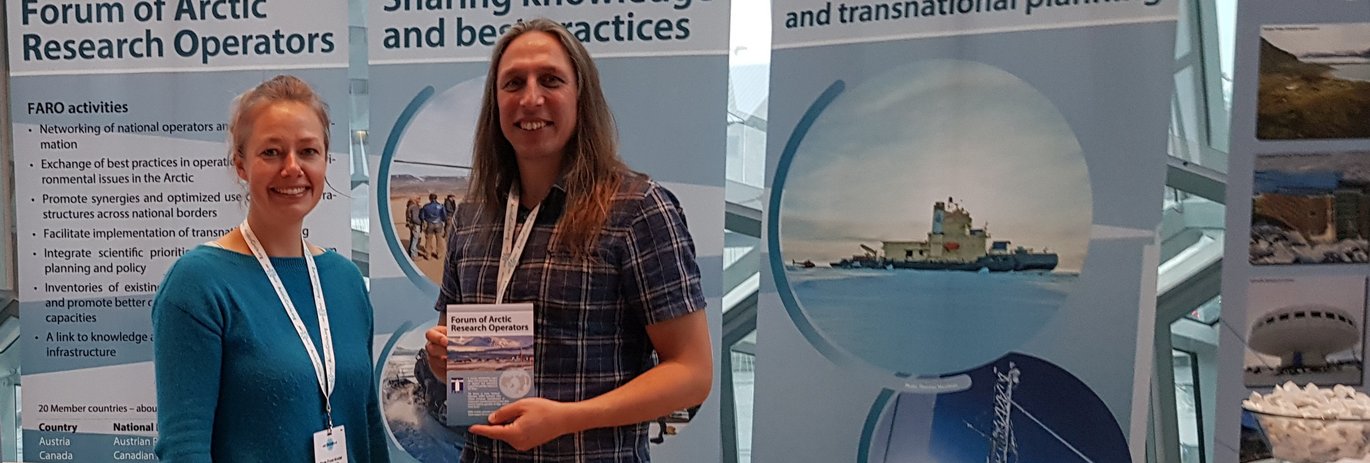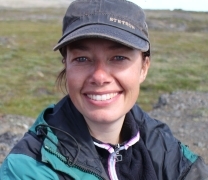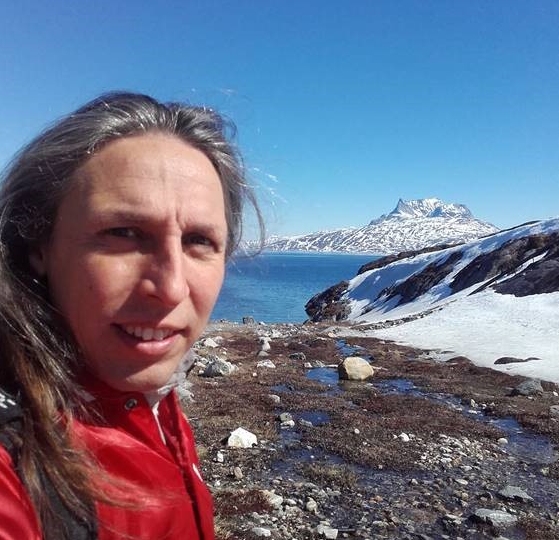GEM Secretariat Of The Month - June
While the field season finally started for most GEM Basisprogrammes, the GEM secretariat has taken over the ‘Scientist of the Month’ for June, featuring Marie and Elmer who share the work in the GEM secretariat.



The GEM secretariat is situated at Aarhus University and consists of the scientific leader of GEM [ see SOTM January 2020 ], a database manager and two secretaries. The GEM Secretariat handles the day-to-day run of the programme and provides support for the GEM Steering Committee and the Coordination Group. This includes the coordination of annual funding applications, preparing meetings, the smooth operation of the database, outreach (e.g. through our website, social media and annual report cards), as well as liaison with government authorities, international cooperation and promoting GEM, among others tasks. The Secretariat also helps to develop new initiatives. A recently received new funding from the Novo Nordisk Foundation (2021-2023) will be used to develop an e-book and teaching materials for high schools. The material developed will be based on new research data from the GEM database and will be translated to both Danish and Greenlandic versions. The GEM Secretariat thus supports all levels of operations within GEM, from the Steering Committee to the more than 70 scientists working in the field every year. The secretariat function is now split between Marie Frost Arndal and Elmer Topp-Jørgensen and here you can get to know them a little more.
Marie Frost Arndal, Biologist, Ph.D.
The GEM programme was first introduced for Marie in 2004 during her 2.5 month stay in Zackenberg when she was doing field work for her M.Sc. thesis. As most people visiting Zackenberg, Marie was fascinated by this special place and continued to work there as a field assistant for a couple of years. After a PhD in ‘Root dynamics and belowground carbon input in a changing climate’ in Danish heatlands, Marie partly changed the settings to the Arctic again, with a Post doc’s fieldwork in Disko and Svalbard. After some years doing research, Marie then got an opportunity to work as a scientific coordinator at University of Copenhagen, gradually changing from field work and research to more coordinating work. Since 2018, Marie has had the great opportunity to work with GEM as part of the secretariat, bringing along her own experiences with two of the GEM main sites, Zackenberg and Disko. “It is a privilege to represent a programme like GEM that is so well established and is one of the longest and most comprehensive monitoring programmes in the Arctic. GEM gives a great overview of the Arctic ecosystems and climate change in the Arctic - and all of this makes up for the office days without fieldwork.” However, a return to Zackenberg in 2021 to celebrate the 25 years anniversary of GEM, after 15 years of absence, would be a nice way to close the circle for Marie. Contact info: mfa@bios.au.dk
Elmer Topp-Jørgensen, Biologist
Maybe surprisingly, Elmer was deeply entangled in tropical rainforests studying biodiversity and effects of bushmeat hunting, when an opportunity arose to change the climatic setting to northern latitudes. Hunting was the common denominator that brought Elmer to Greenland to work for the Government of Greenland, first with wildlife management of polar bears, walrus, muskox and reindeer, later with nature conservation and management of the world’s largest ‘National Park’ in North East Greenland. This was where he first made close contact with the GEM programme as this is where Zackenberg Research Station is located. Little did he know that this station would shape his future career until today – despite never having set his foot there. As a part of a network of +30 research stations formed in 2011 called INTERACT (https://eu-interact.org/ - today +85 stations) and through the section managing Zackenberg, Elmer was brought in to coordinate the cooperation between station managers in the network of which all three GEM main sites are members. Elmer became part of the GEM Secretariat in 2016, when the current GEM strategy was under development. GEM’s multidisciplinary approach, application of standard methodologies, implementation new technologies and international collaboration are key to making robust assessments and predictions to feed into national, regional and global decision-making. Creating these assessments and advice to inform managers and policy makers remains at the core of Elmer’s interests, all the way from the jungles of Africa to the harsh Arctic environment. Contact info: jetj@bios.au.dk